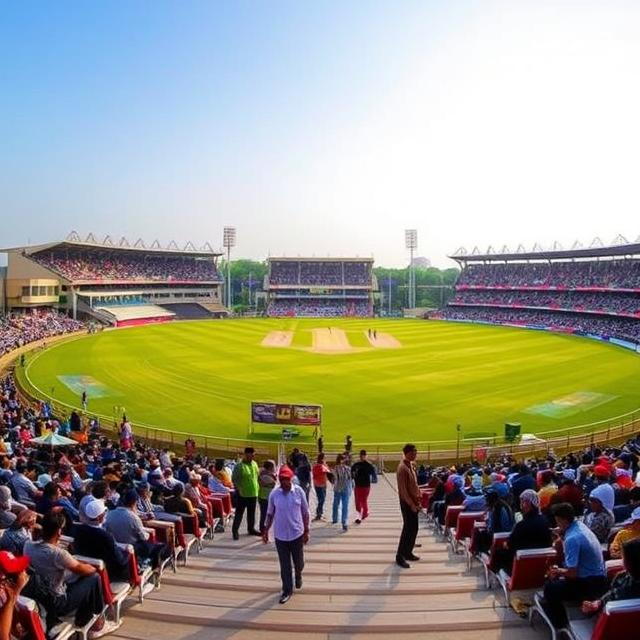Pakistan vs. Canada: A Deep Dive into the Economic and Cultural Landscape
Pakistan vs. Canada: A Deep Dive into the Economic and Cultural Landscape
Looking for insights into the contrasting realities of Pakistan and Canada? This article delves into the economic and cultural landscapes of these two nations, highlighting their unique characteristics and potential areas of collaboration.
Canada, a G7 nation, boasts a robust economy, a high standard of living, and a multicultural society. Pakistan, meanwhile, faces various economic challenges while fostering a rich cultural heritage and a resilient population.

Economic Contrasts: A Tale of Two Nations
Canada’s economy is diversified and largely driven by sectors like technology, natural resources, and services. Pakistan, while striving for growth, faces challenges including high inflation and unemployment rates, alongside issues related to energy security and infrastructure development.
The stark difference in these two economies, one thriving in globalization and the other navigating its own internal growth, showcases the varied paths countries can take to prosperity.
Cultural Nuances and Societal Values
Canada’s multiculturalism is often lauded, with immigrants playing a vital role in shaping its vibrant society. This is in stark contrast to the strong sense of shared heritage and unique cultural traditions in Pakistan, which are intricately woven into the fabric of daily life.
These varied cultural experiences reveal the beautiful diversity present across the world. They also highlight the importance of understanding different perspectives to build stronger relationships between nations.
Potential for Collaboration and Exchange
Despite the economic differences, Pakistan and Canada share a common interest in promoting global peace and sustainable development. Opportunities exist for both countries to collaborate in areas such as technological innovation, education, and trade.
Imagine the possibilities! Collaboration in research and development could unlock innovative solutions for both nations, while shared educational initiatives could foster a new generation of cross-cultural understanding. Such partnerships could be instrumental in building a more interconnected world.
Conclusion
This comparative look at Pakistan and Canada reveals a fascinating contrast in economic and cultural landscapes. While challenges remain for Pakistan, Canada’s successes provide valuable insights for those looking to foster economic development and social cohesion in other nations. Understanding these nuances is crucial for building bridges and fostering stronger global partnerships.
What are your thoughts on the economic and cultural differences between Pakistan and Canada? Let us know in the comments below!